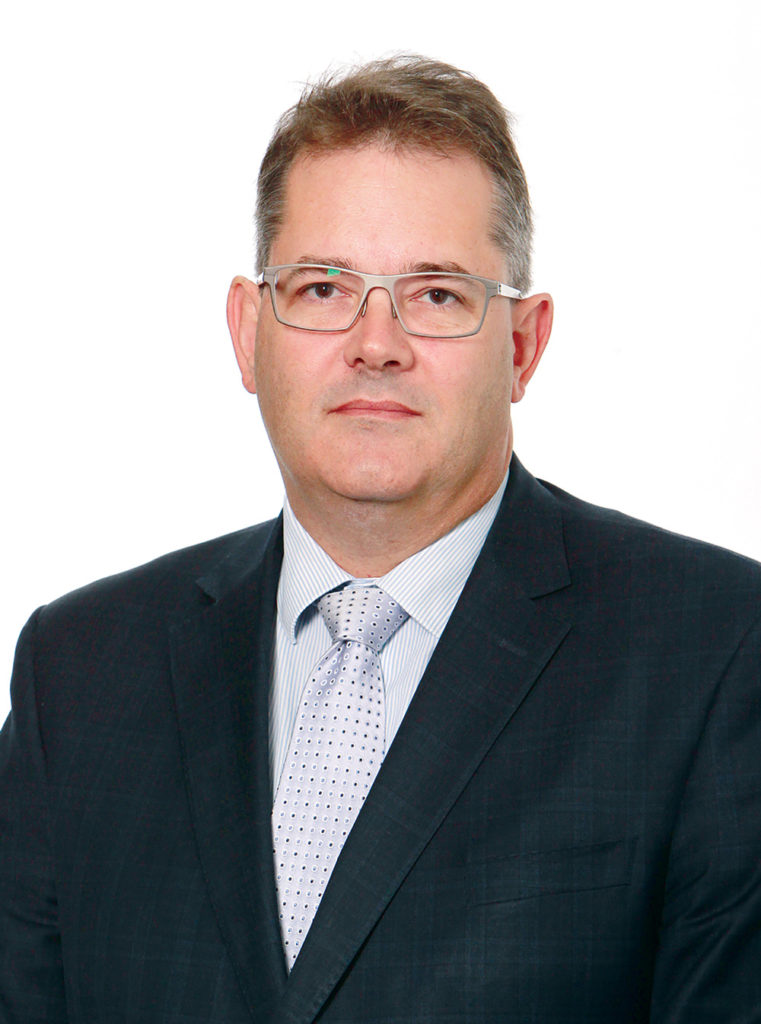The World Health Organisation suggests normal haemoglobin is above 120 g/l in females and 130 g/l in males. Notwithstanding minor differences in reference ranges used by different laboratories because of different testing platforms, up to 26% of males and 20% of females older than 85 will be anaemic based upon the WHO diagnostic thresholds. It is likely this number will increase into the future.
Anaemia is an independent risk factor for the development of cognitive impairment and reduced executive function. Impaired mood, reduced quality of life and an increased risk of falls and fractures have all be associated with anaemia in the elderly. Even mild anaemia, may be a prognostic marker associated with an increased overall mortality when adjusted for compounding factors such as chronic inflammation and chronic renal disease.

Development of anaemia in the older patient is often due to multiple causes including nutritional deficiencies, blood loss, inflammation and chronic renal disease and the presence of low-grade clonal disorders (e.g. myelodysplasia or chronic leukaemia or lymphoma).
In any given individual, a combination of these causes may lead to reduced haemoglobin levels or blunted responses to erythropoietin and a direct negative impact on erythropoiesis and disordered regulation of iron metabolism.
Reduced iron stores are the most frequent nutritional deficiency leading to anaemia in the elderly. Gastrointestinal bleeding, possibly exacerbated by anticoagulation therapy, may cause iron deficiency and represents an initial diagnostic consideration.
Malnutrition resulting from social isolation, disordered gastrointestinal function and poly-pharmacy may also contribute to reduced iron stores. Pernicious anaemia is relatively rare, however, extended use of acid-reducing medications or atrophic gastritis, may lead to vitamin B12 deficiency.
Folate deficiency complicating anticonvulsant or methotrexate therapy and from alcohol excess should be considered.
Anaemia of inflammation and anaemia of chronic kidney disease are common in older patients. A pro-inflammatory state may be age-related in some patients and may be accompanied by changes in haematopoeisis (clonal haematopoeisis of indeterminate potential – CHIP). Development of clonal heamatopoietic disorders is common in older individuals and myelodysplastia should be excluded in patients presenting with both unexplained anaemia and other cytopenias.
The diagnostic approach should include basic investigations including full blood count, reticulocyte count, iron, vitamin B12 and folate studies, erythropoietin level, assessment of renal function, inflammatory markers, liver function tests and assessment of serum protein electrophoresis. This helps to exclude nutritional deficiencies and identify inflammatory states.
Specialised investigations including endoscopy and bone marrow examination may be required. Bone marrow examination may provide significant diagnostic, prognostic and treatment guiding information, while being a relatively straightforward procedure associated with limited pain and discomfort.
Therapy aiming to improve haemoglobin levels seeks to address the underlying cause while also restoring haematopoiesis. Therapeutic options include oral or parenteral iron therapy, vitamin B12 replacement and the use of erythropoietin stimulating agents.
Disease-modifying therapies may be indicated in some clinical scenarios. Effective therapy can potentially improve haemoglobin leading to increased quality of life and reduced morbidity in older patients with anaemia.
References available on request.
Questions? Contact the editor.
Disclaimer: Please note, this website is not a substitute for independent professional advice. Nothing contained in this website is intended to be used as medical advice and it is not intended to be used to diagnose, treat, cure or prevent any disease, nor should it be used for therapeutic purposes or as a substitute for your own health professional’s advice. Opinions expressed at this website do not necessarily reflect those of Medical Forum magazine. Medical Forum makes no warranties about any of the content of this website, nor any representations or undertakings about any content of any other website referred to, or accessible, through this website.

